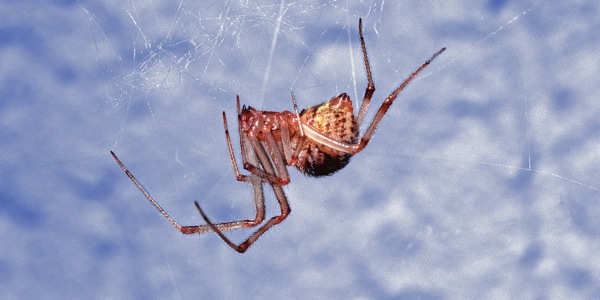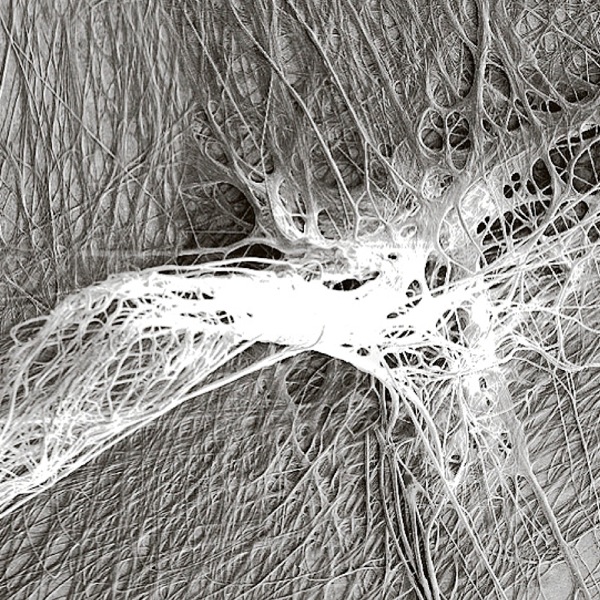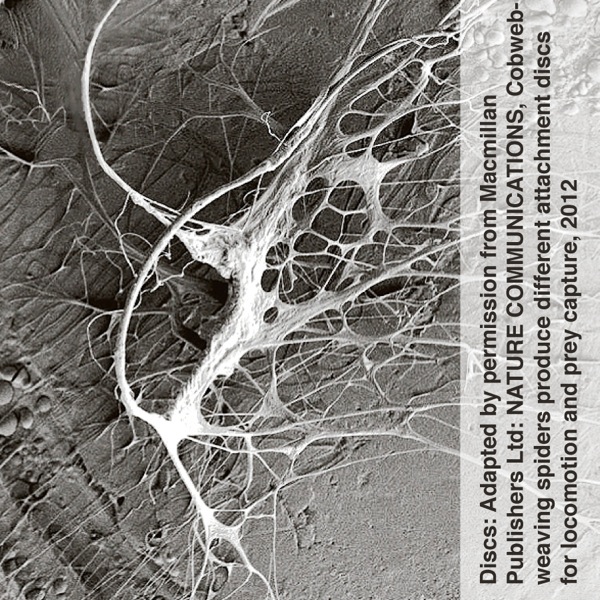The content displayed below is for educational and archival purposes only.
Unless stated otherwise, content is © Watch Tower Bible and Tract Society of Pennsylvania
You may be able to find the original on wol.jw.org

WAS IT DESIGNED?
The House Spider’s Sticky Secret
THE American house spider (Parasteatoda tepidariorum) produces a web with adhesion that can be strong enough to stick to a wall or weak enough to detach from the ground and thus act as a spring-loaded trap for walking prey. How does the spider produce both strong and weak anchors for its web with a single type of glue?

Scaffolding silk
Consider: The spider anchors its web to a wall, a ceiling, or a similar surface by weaving highly adhesive patches of silk called scaffolding discs, which are strong enough to withstand the impact of flying prey. Researchers at the University of Akron, Ohio, U.S.A., have discovered that, on the other hand, the patches of silk that are attached to the ground

Gumfoot silk
According to a news release from the University of Akron, the researchers who uncovered this wonder of nature “are already working toward developing a synthetic adhesive that mimics this intelligent design strategy employed by the house spider.” Scientists hope to create an adhesive that can be used both for common bandages and for treating bone fractures.
What do you think? Did the house spider’s ability to produce weak and strong anchors with the same glue come about by evolution? Or was it designed?